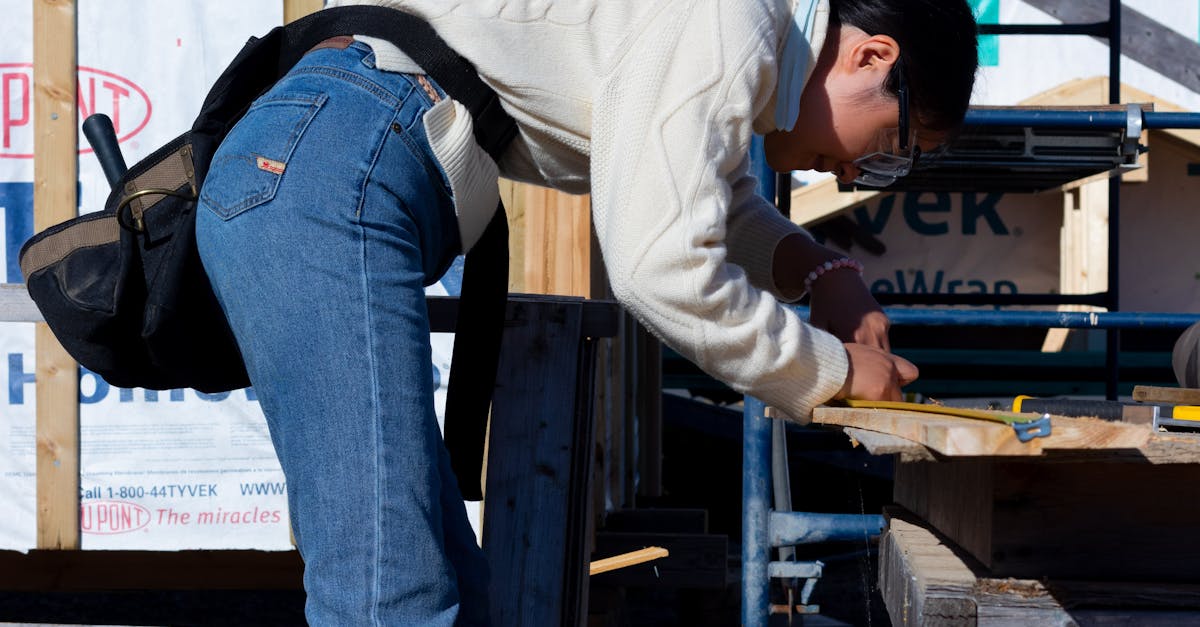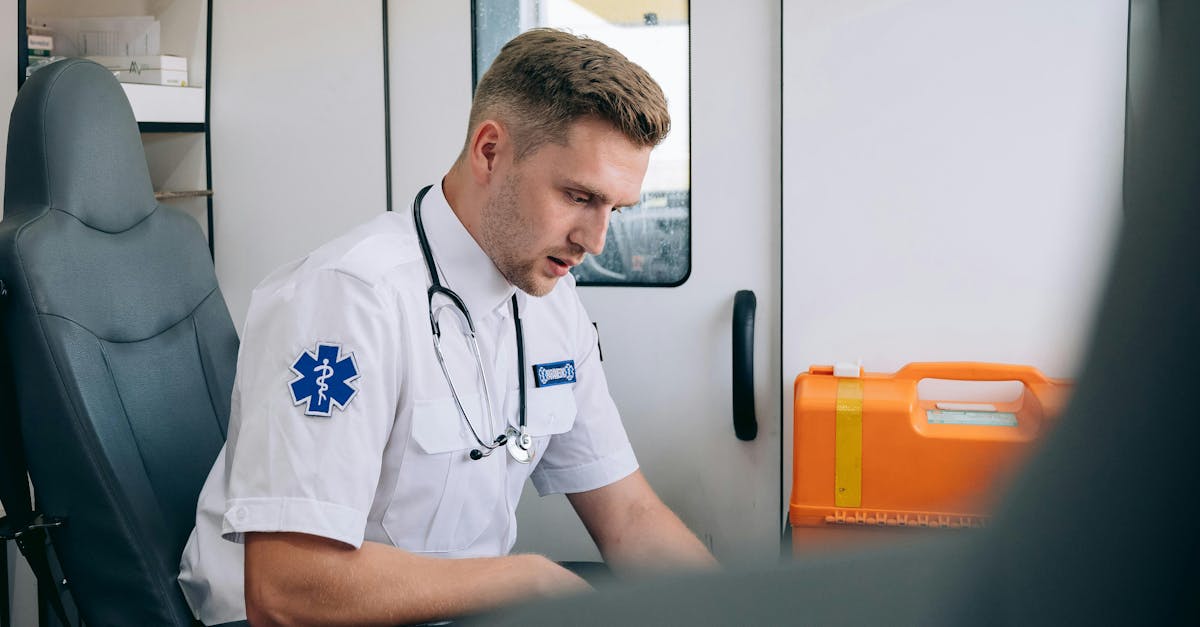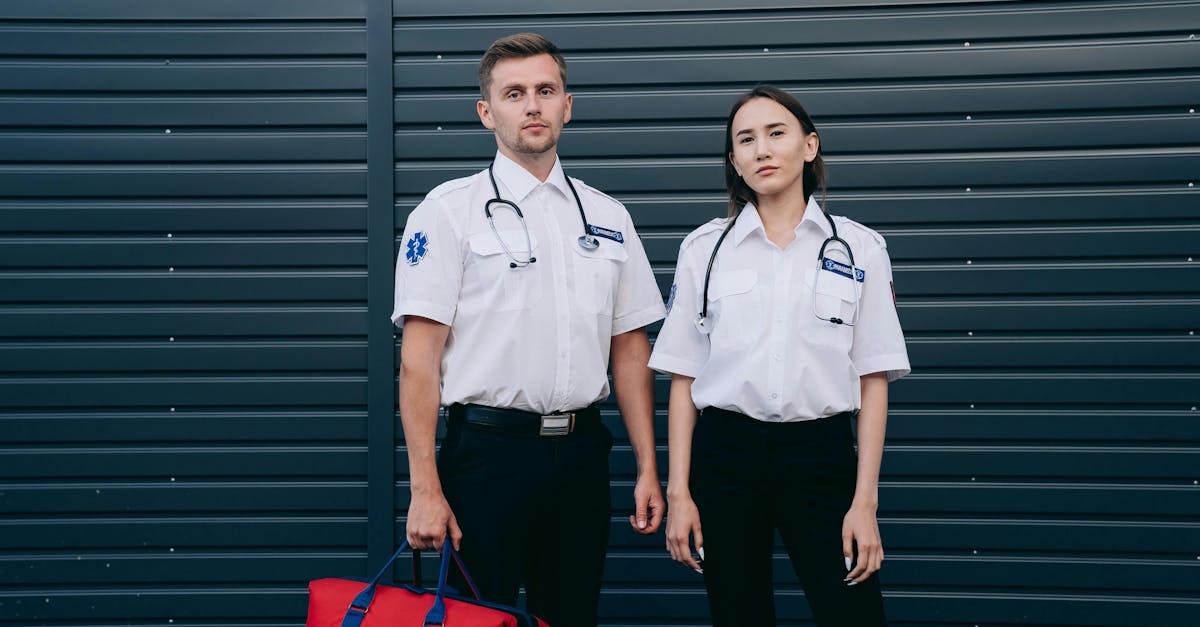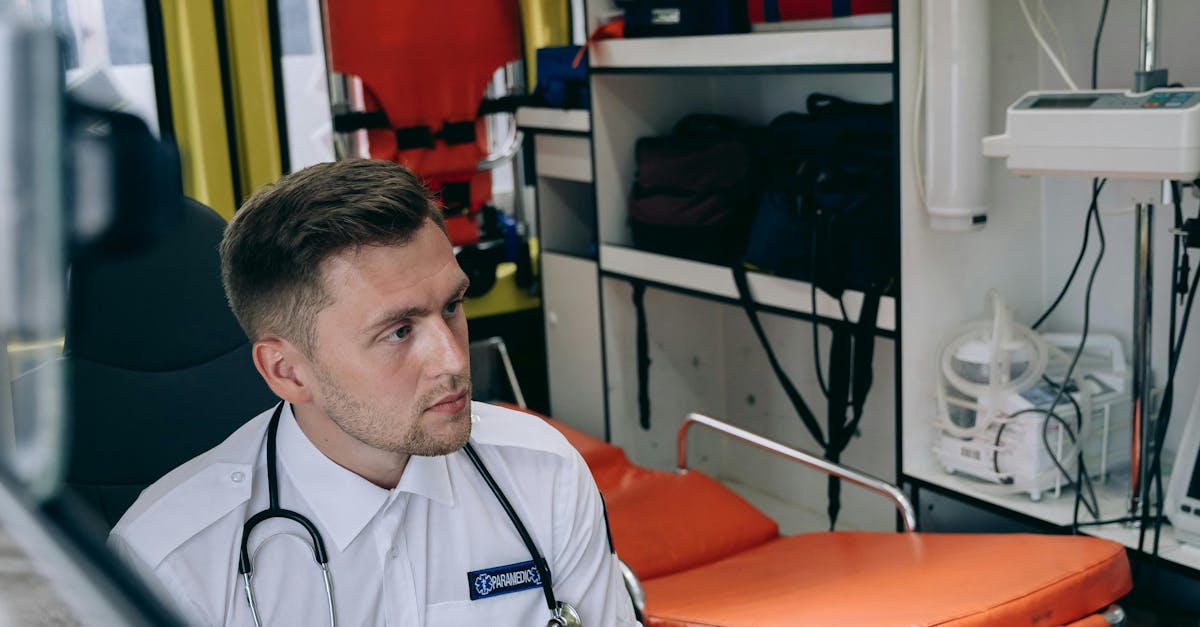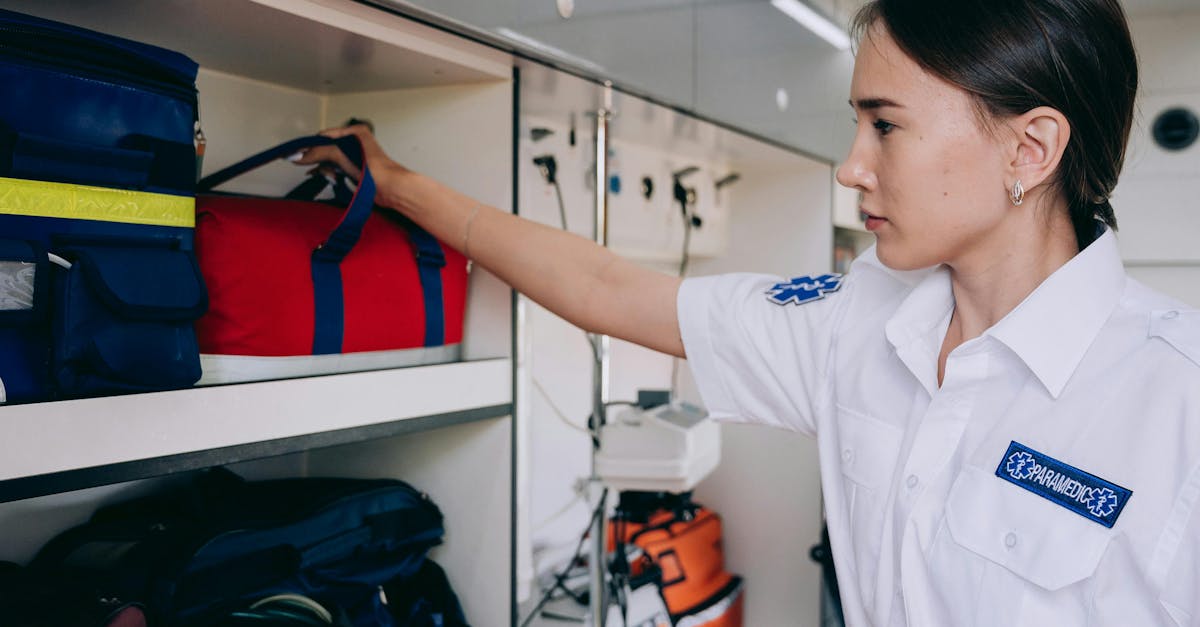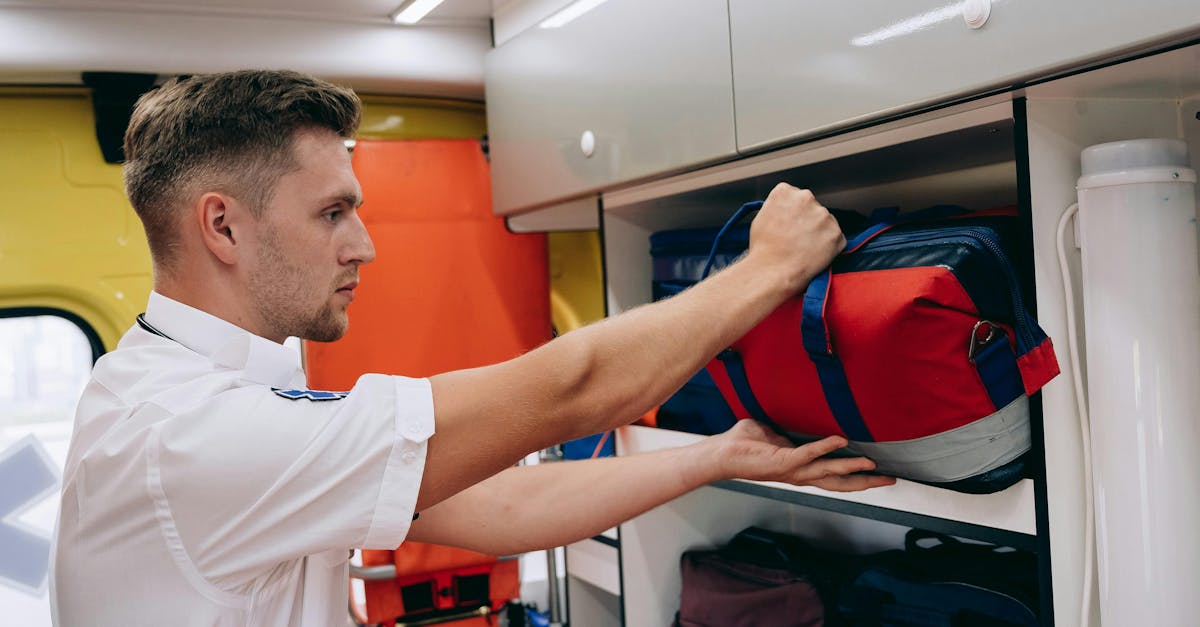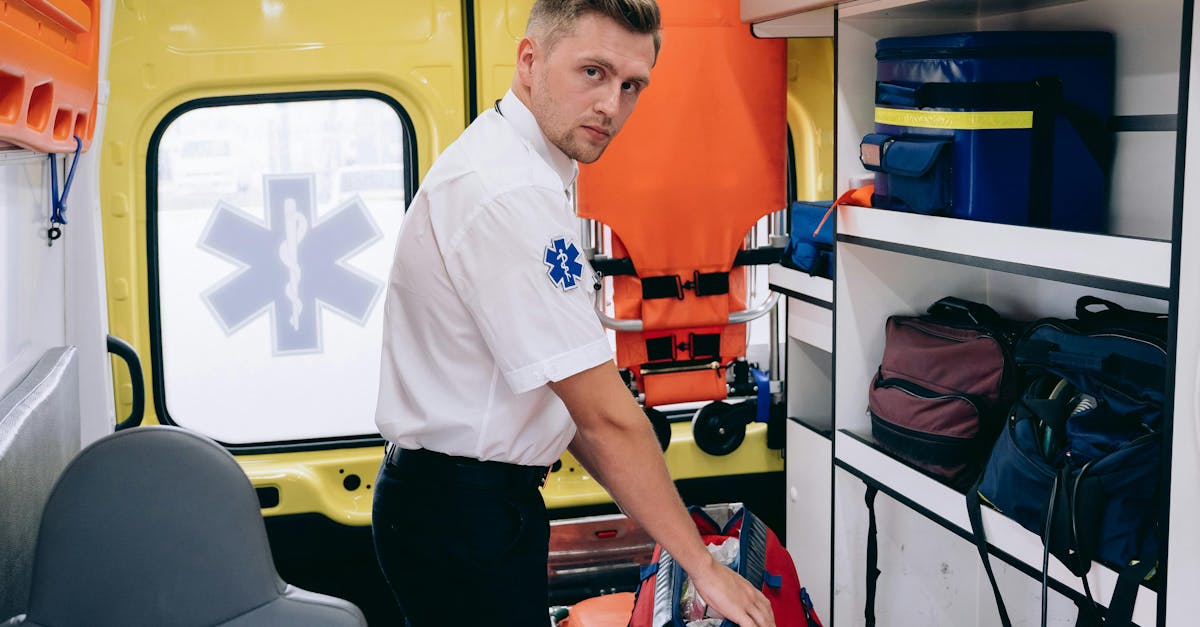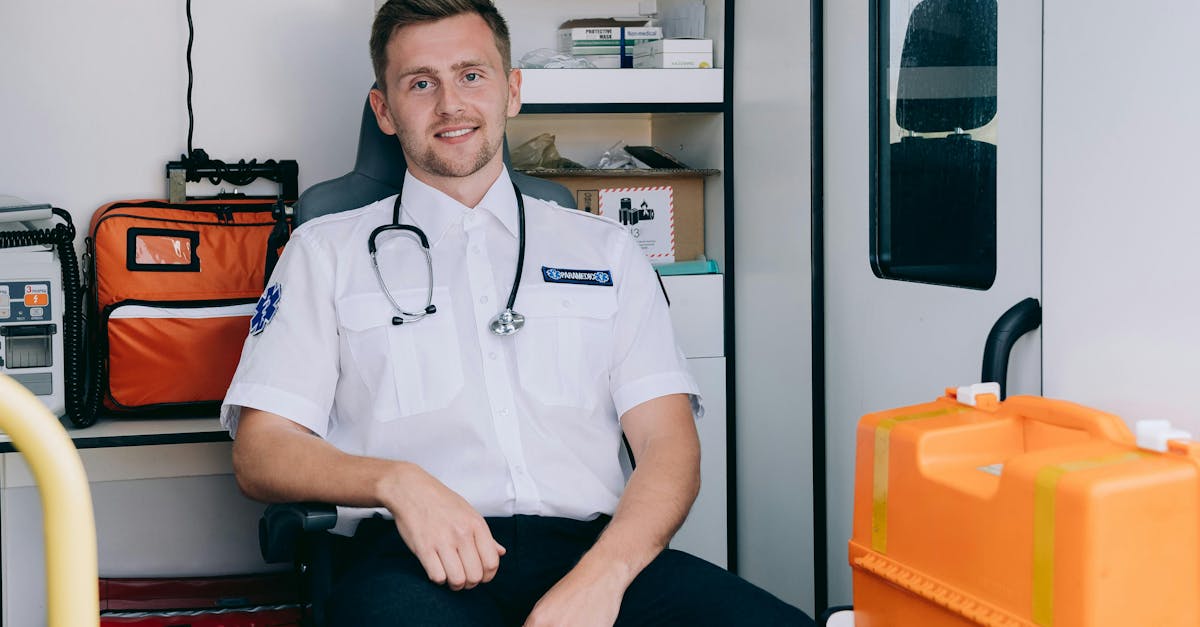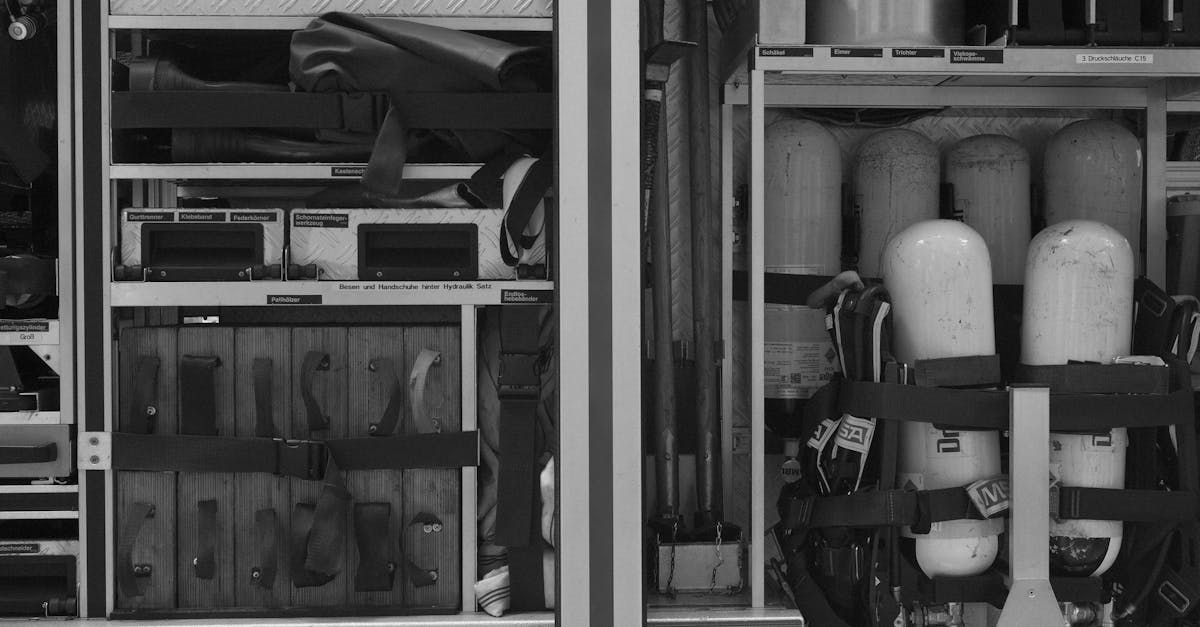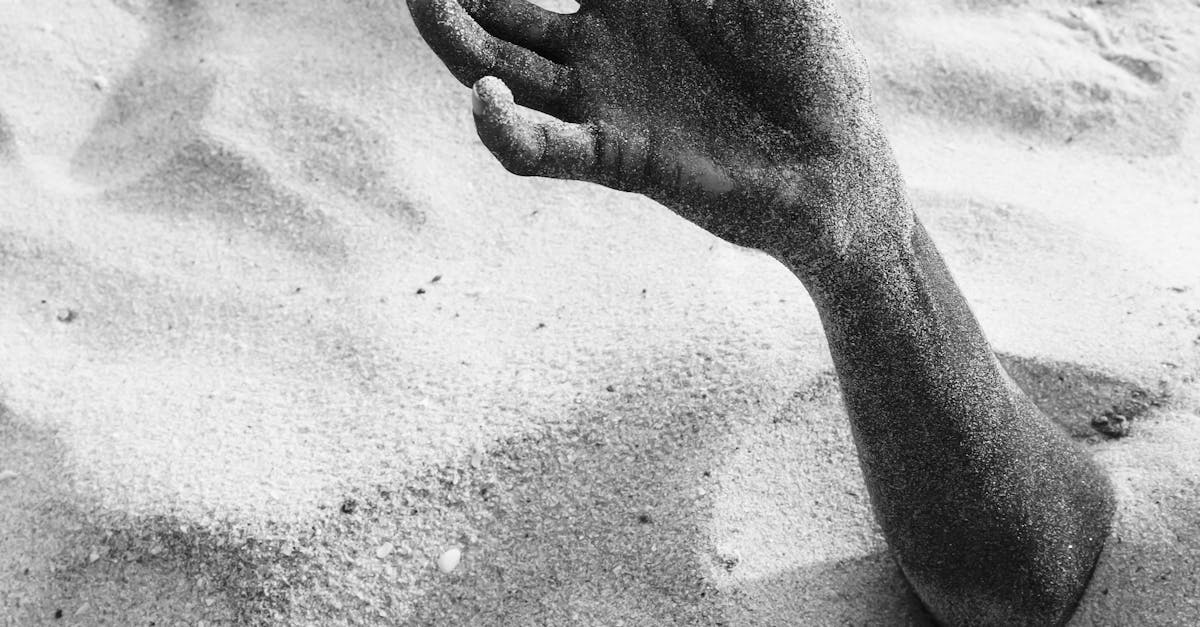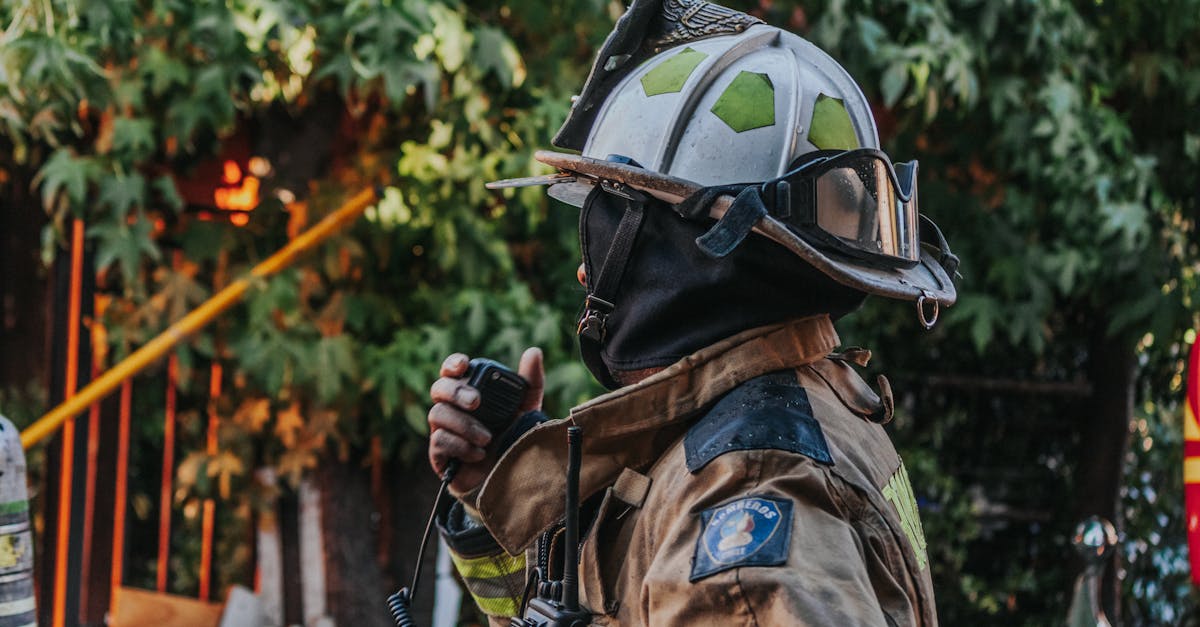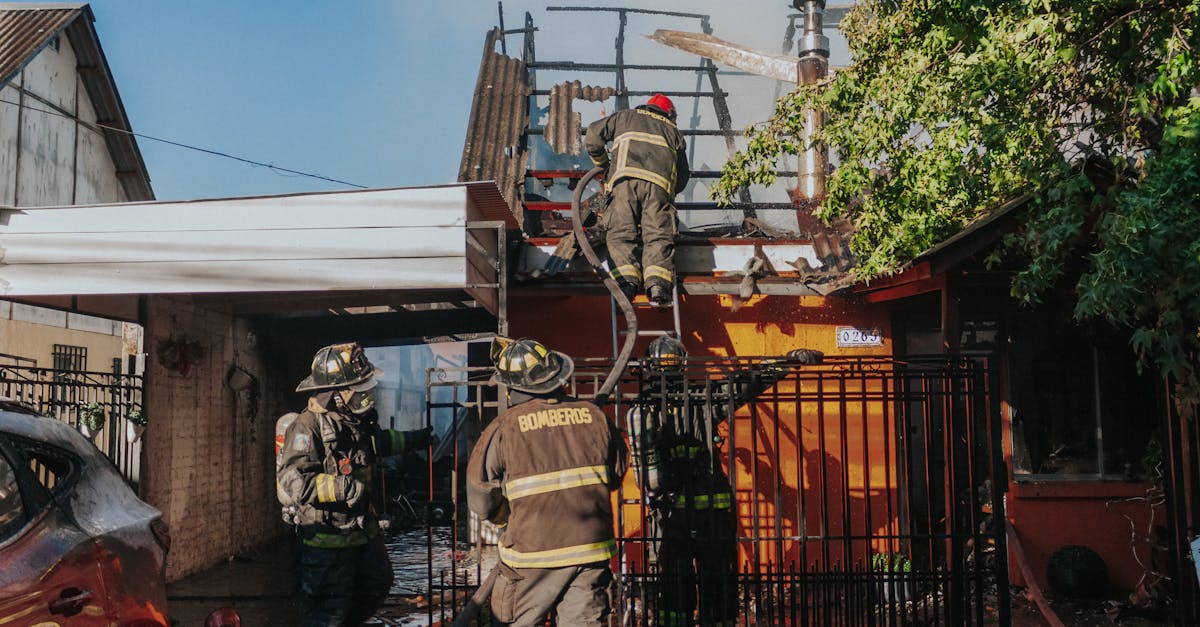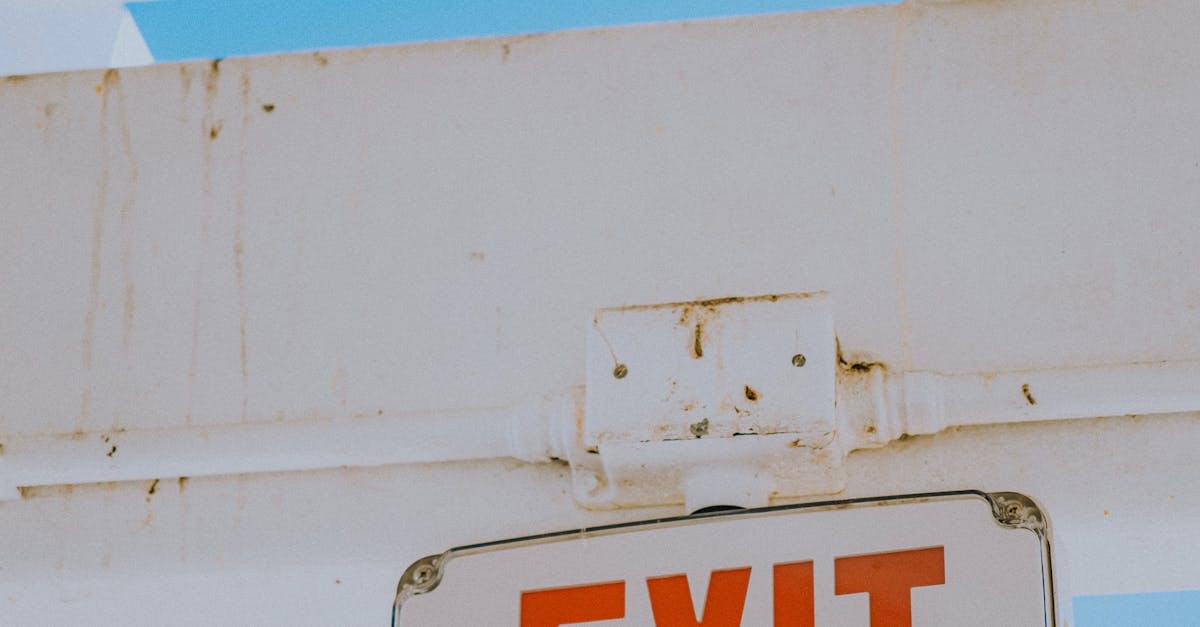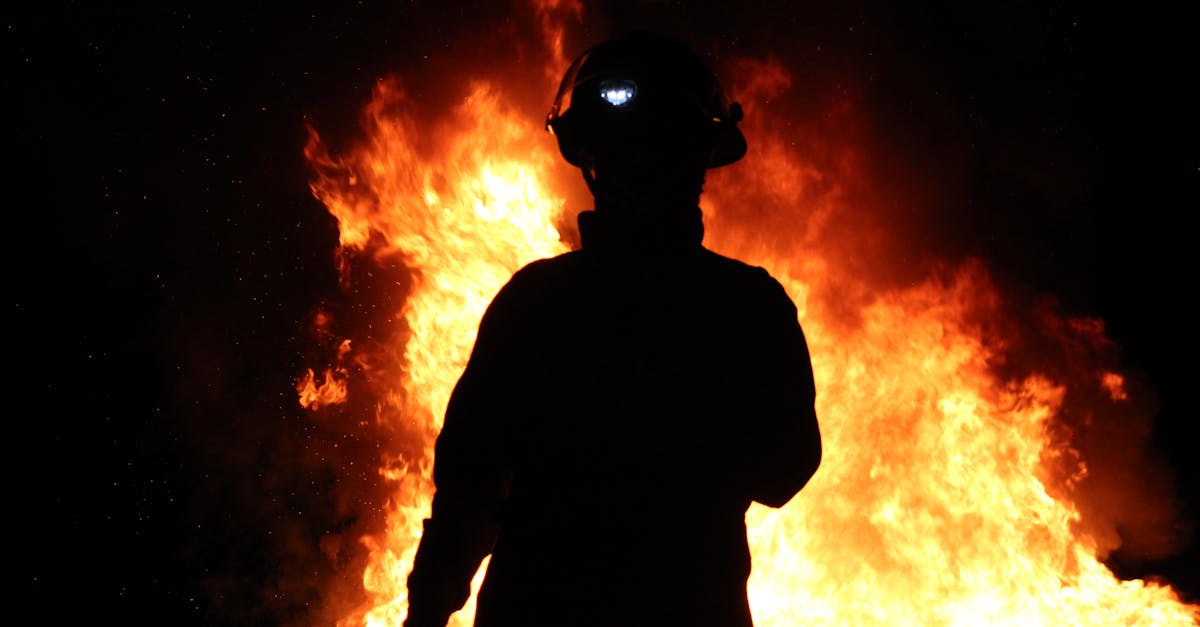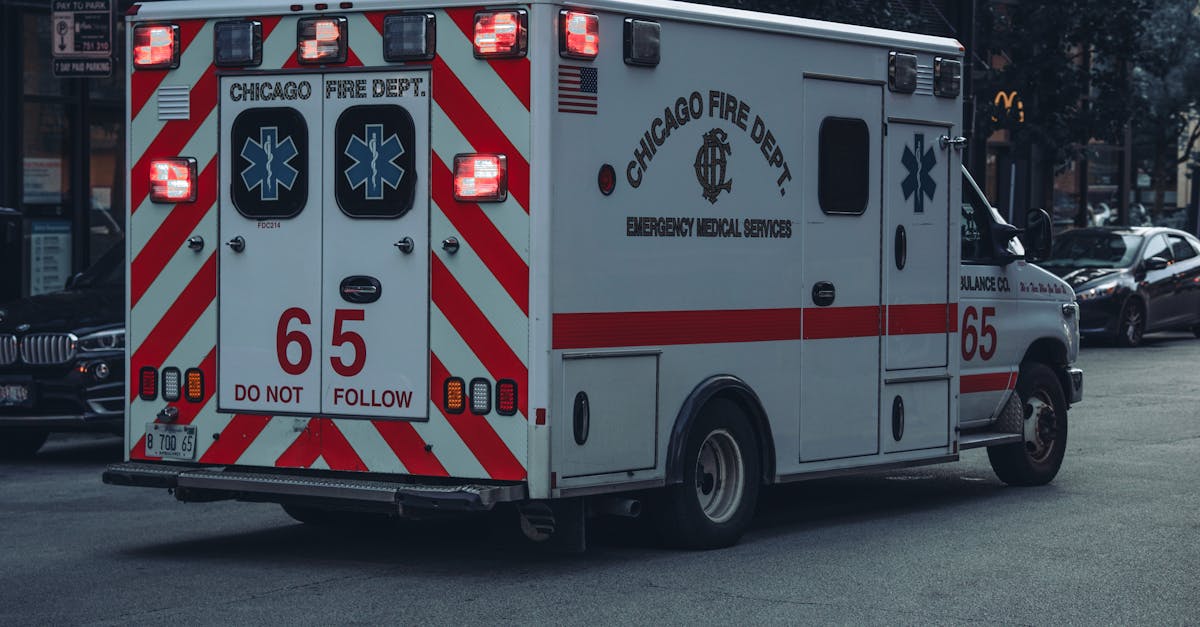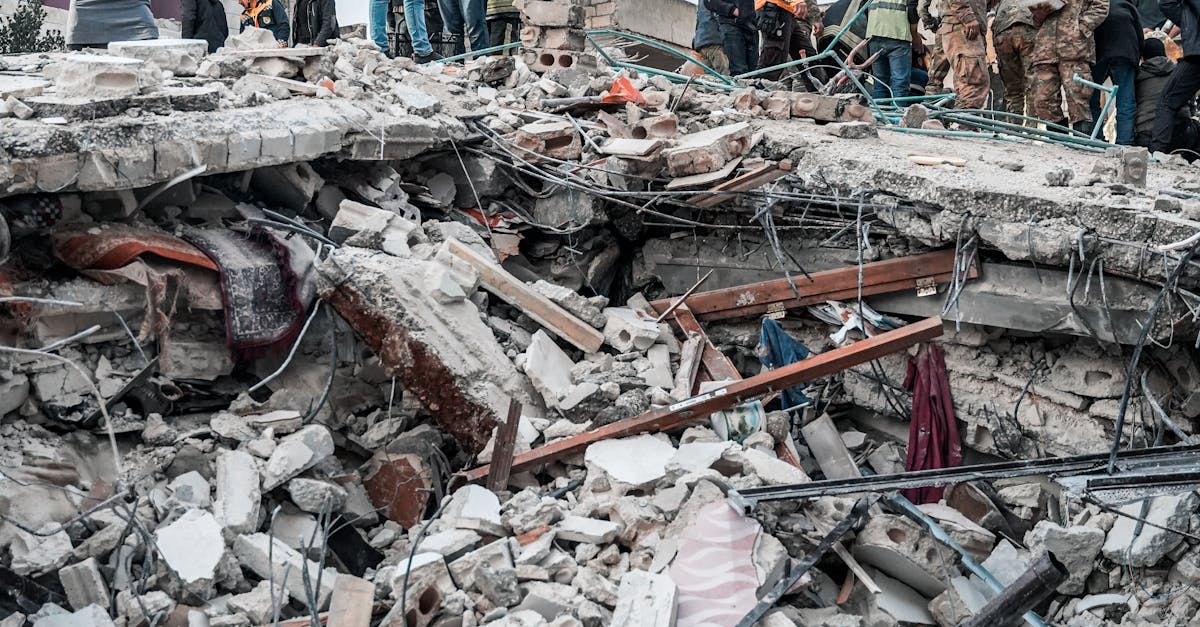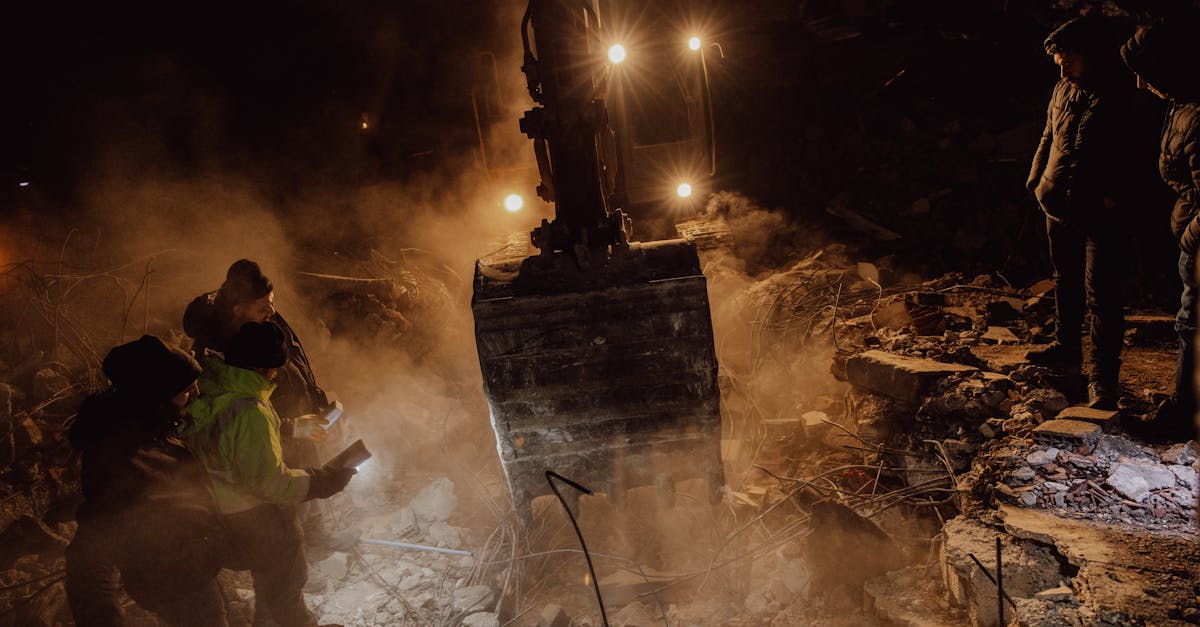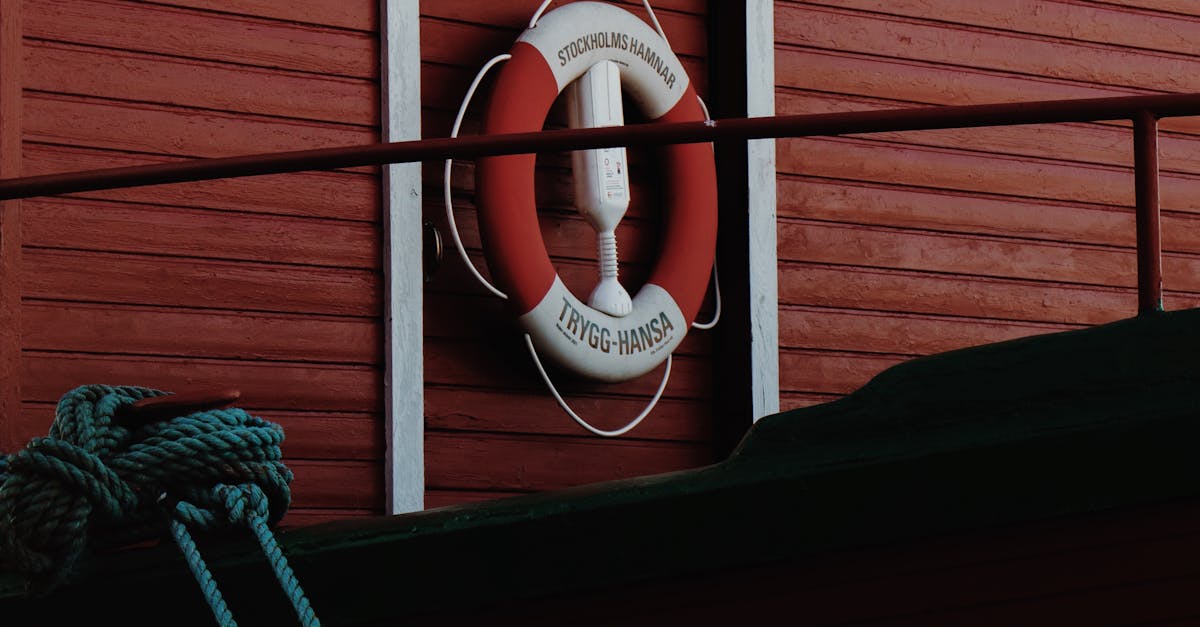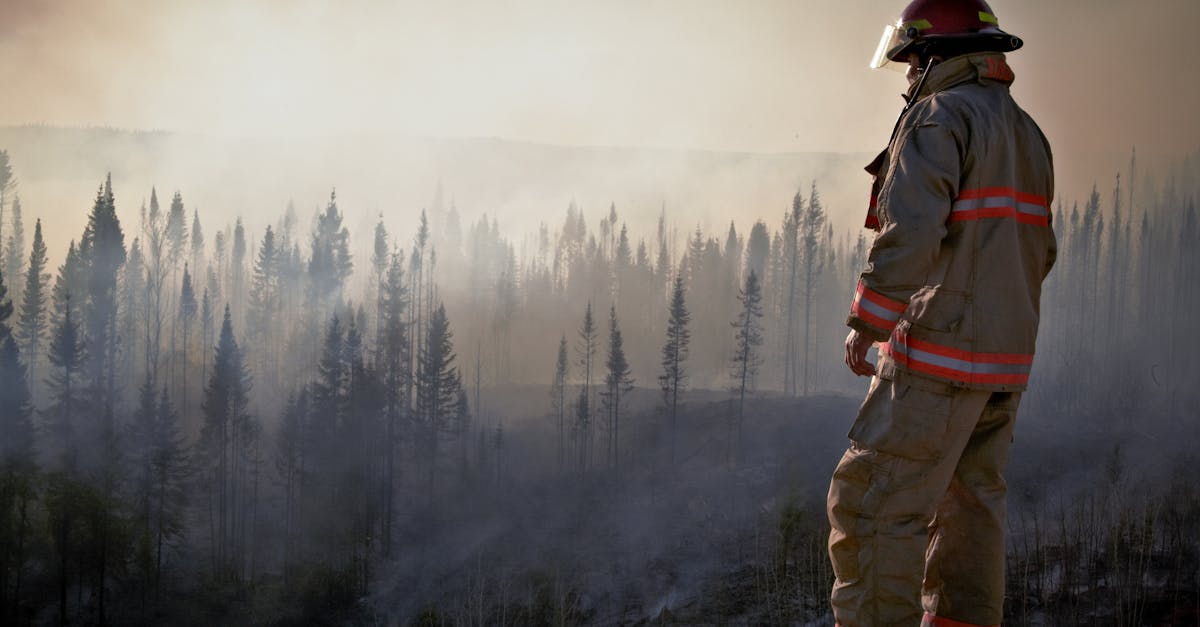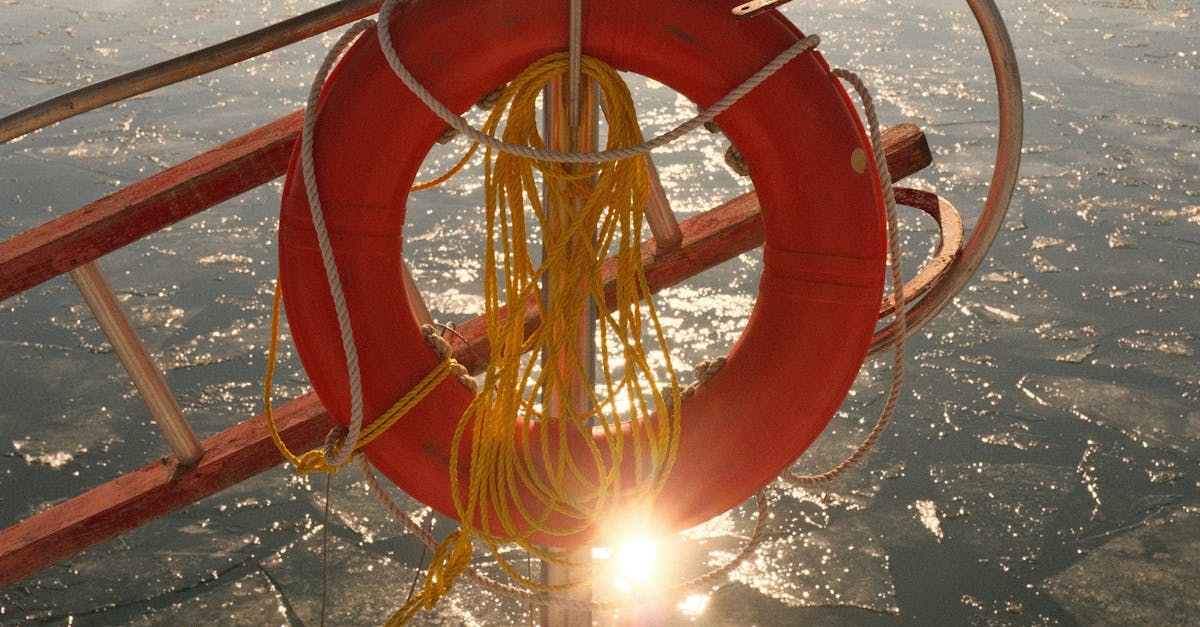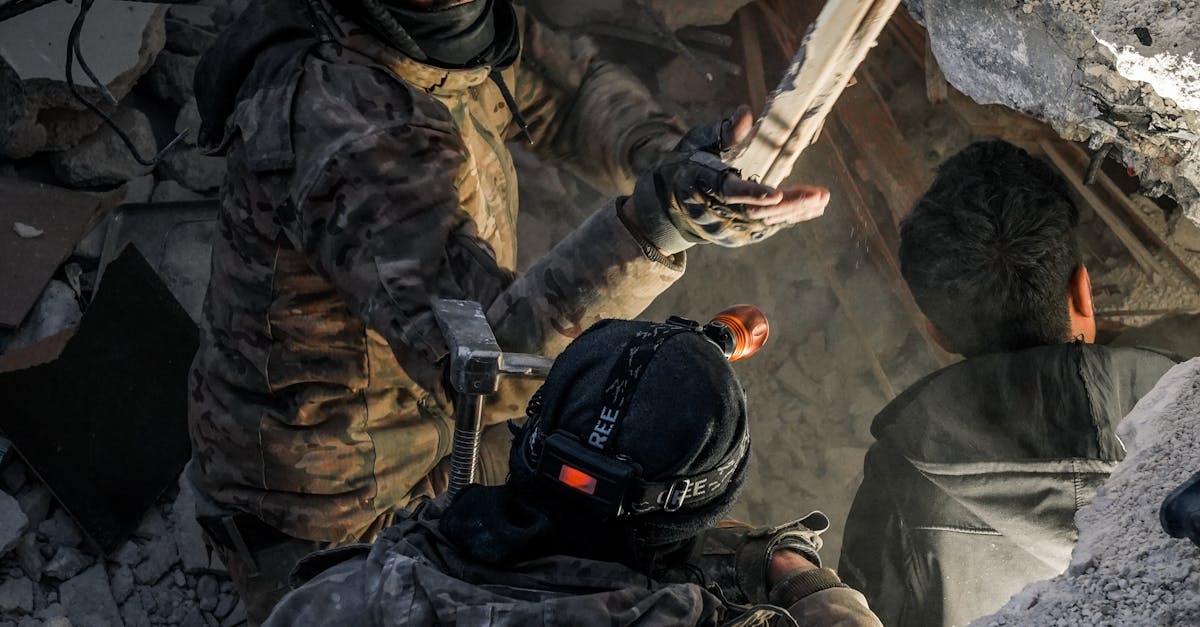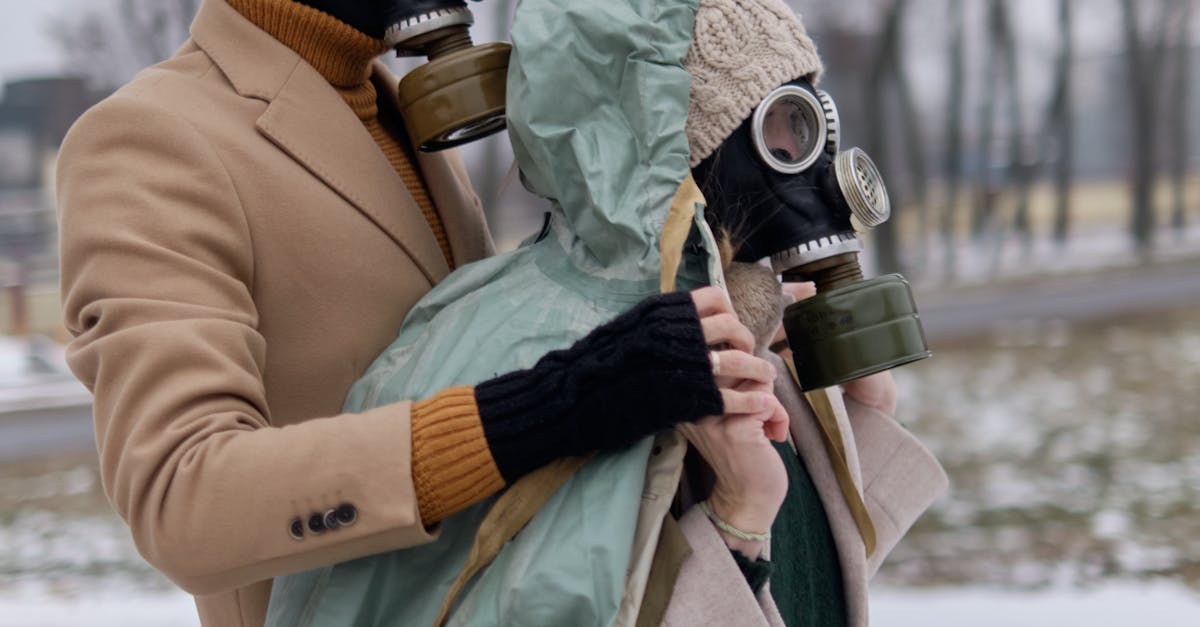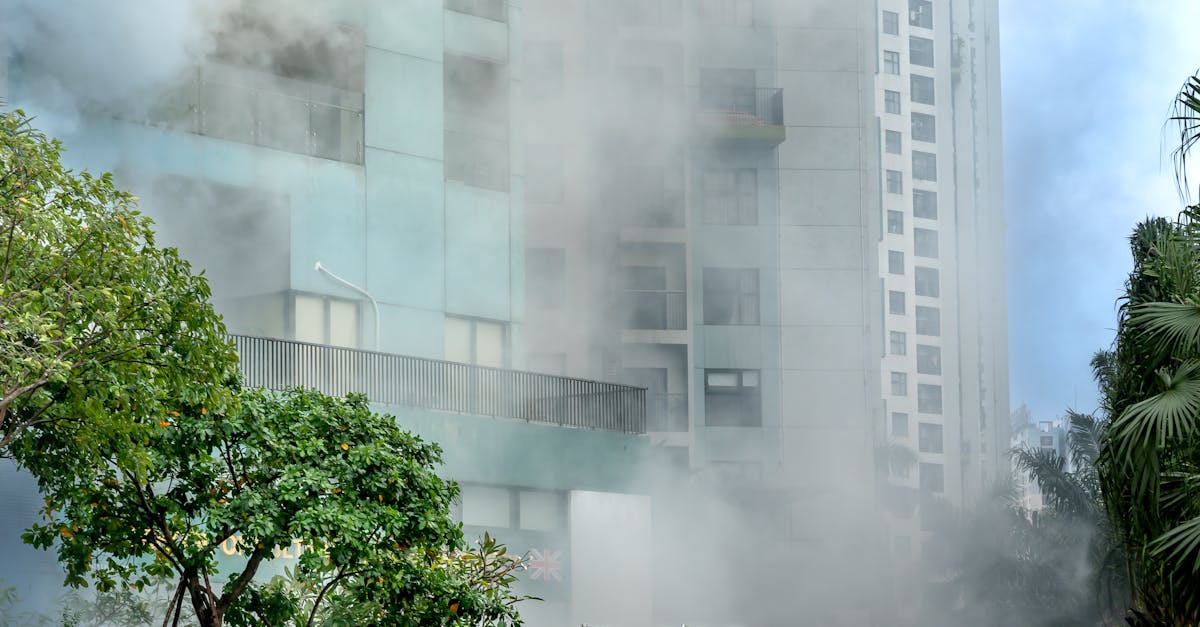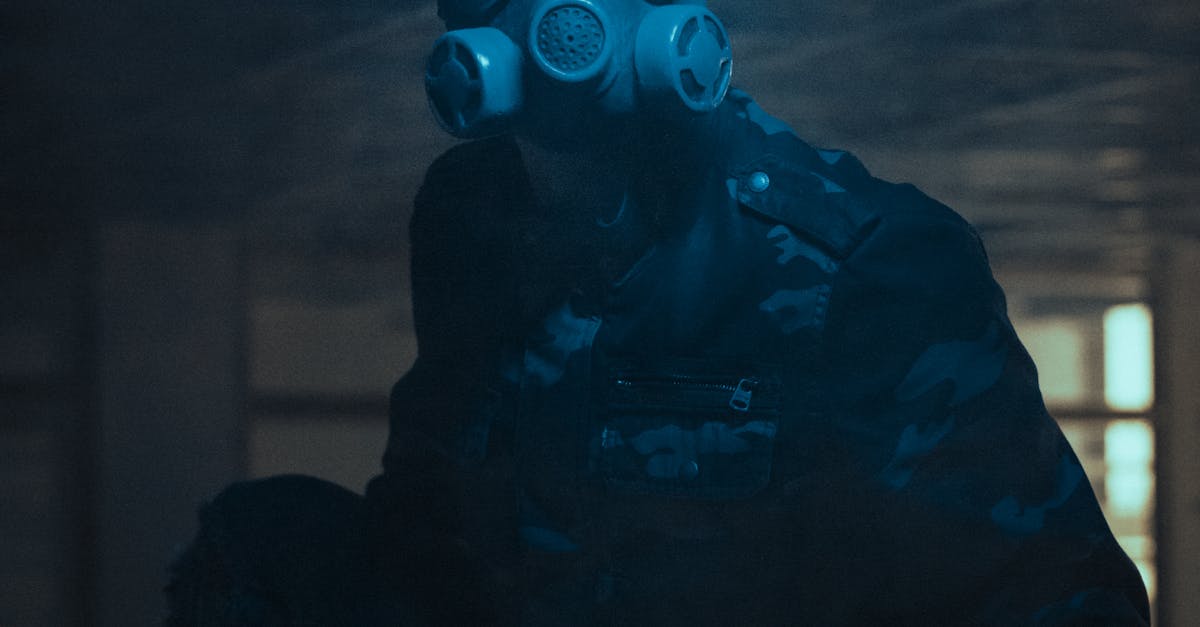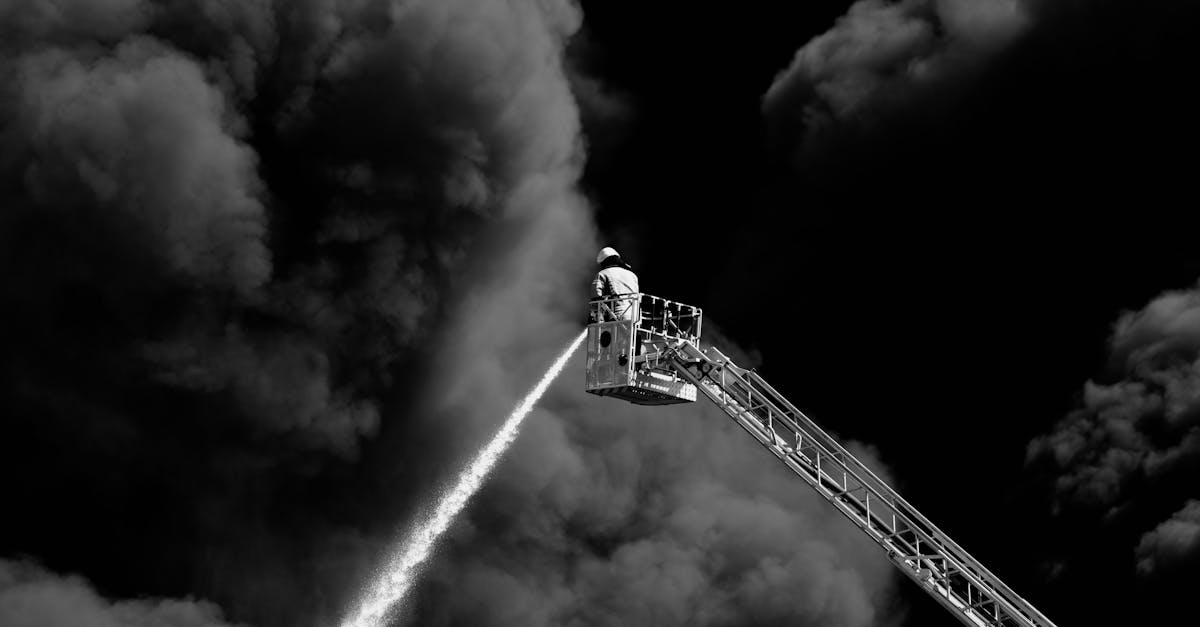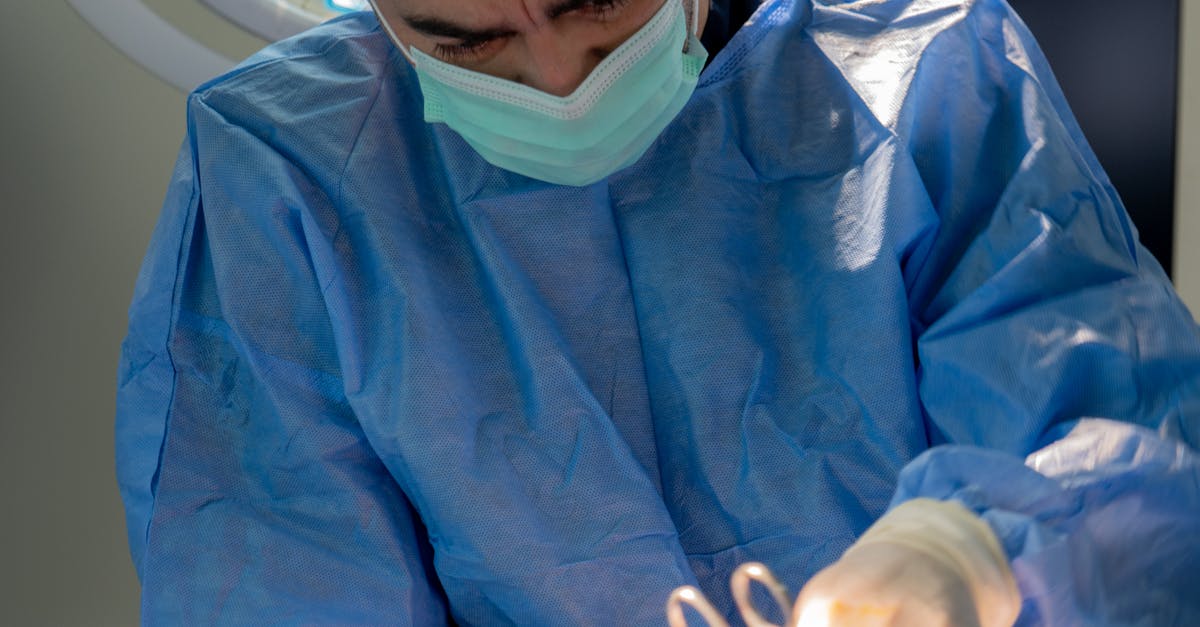
Table Of Contents
Assessing the Damage
When you discover a burst pipe, the first step is to assess the extent of the damage. Start by shutting off the main water supply to prevent further flooding. Next, inspect the affected area to identify the source of the leak. Look for water pooling in unexpected places or moist patches on walls and flooring. If the damage is extensive and affecting multiple areas, it may be advisable to call in a burst pipe plumber to evaluate the situation professionally.
Documenting the damage is essential for insurance purposes and subsequent repairs. Take photos of the affected area and note any specific issues you observe. In some cases, the water may have compromised structural elements or electrical systems within your home. If you suspect this level of impact, a burst pipe plumber can provide insights into the necessary steps for safe and effective repairs. Always prioritise safety by wearing protective gear and avoiding any areas that pose a risk of further water exposure or electrical hazards.
Determining the Severity of the Burst
Evaluating the severity of a burst pipe is crucial for deciding the appropriate response. Start by inspecting the affected area for water flow and damage. If the water is gushing, it indicates a more significant issue that requires immediate action. Conversely, a small leak may point to a minor problem that could be managed with temporary fixes. Assessing the surrounding structure for signs of water damage can also provide insight into the extent of the issue.
Once the initial inspection is complete, it is advisable to consult with a burst pipe plumber. They possess the expertise to determine whether the issue stems from corrosion, excessive pressure, or an installation flaw. Professional evaluation can prevent further damage and ensure proper repairs. Having a clear understanding of the situation can guide you in making informed decisions moving forward.
Repairing Small Leaks
Small leaks can often be fixed without calling a professional. First, ensure the water supply is shut off to prevent further damage. Clean the area around the leak thoroughly to remove any debris and moisture. If the pipe is metal or PVC, consider using pipe repair tape. This tape is specifically designed to seal leaks and offer a temporary solution until a more permanent repair can be made. Wrap the tape around the leak tightly, overlapping the layers to create a secure bond.
For persistent issues or if you're uncertain about the repair, consulting a burst pipe plumber may be a wise choice. They have the expertise to assess the situation and suggest effective solutions. If you choose to attempt the repair yourself, keep an eye on the area over the following days to ensure the leak does not reappear. Regular maintenance and inspections can help prevent future leaks from developing, saving time and money in the long run.
Using Pipe Repair Tape Effectively
Pipe repair tape is a quick and effective solution for sealing small leaks in your plumbing. This type of tape is designed to be wrapped tightly around the damaged area, creating a temporary seal until a more permanent fix can be made. Before applying the tape, ensure the area is clean and dry. It’s essential to stretch the tape slightly as you wrap it, allowing it to adhere better and create a tighter seal. For the best results, apply multiple layers over the leak, especially if the pipe is under pressure.
If you're faced with a more significant issue or if the tape doesn't hold, consulting a burst pipe plumber can save you time and further complications. These professionals can assess the extent of the damage and recommend the best course of action. While pipe repair tape can work wonders for minor leaks, relying on a plumber ensures that any underlying problems with your plumbing system are thoroughly addressed. They possess the expertise and tools necessary to offer long-lasting solutions.
Replacing Damaged Sections
When faced with a burst pipe that requires replacement, it is important to gather the appropriate tools and materials for the job. Basic tools such as a pipe cutter, plumbing wrench and Teflon tape will be essential. Ensure that you also have replacement pipes made from the right material, whether PVC, copper or PEX, depending on your home's plumbing system. If necessary, consult local plumbing codes to ensure compliance.
Before beginning the replacement, turn off the water supply to prevent further damage. Carefully remove the damaged section of the pipe using the pipe cutter, making sure to cut straight and cleanly. If you’re unsure about the process, or if the damage is extensive, it may be wise to contact a burst pipe plumber for professional assistance. They can assess the situation and ensure that the replacement is done correctly, avoiding potential issues down the line.
StepbyStep Guide to Pipe Replacement
When dealing with a burst pipe, it's essential to first shut off the water supply to prevent further flooding. After that, drain any remaining water from the pipe by turning on taps connected to it. Once the area is dry, you can assess whether the damage requires a complete replacement or if it can be patched up. If you determine that the entire section of piping needs to be replaced, gather the necessary tools and materials, such as a pipe cutter, replacement pipe, and appropriate fittings.
Next, use a pipe cutter to carefully remove the damaged section of the pipe, ensuring clean, straight edges for a proper fit with the new piece. Measure and cut the replacement pipe to size, then install it by securing it with fittings and ensuring all connections are water-tight. If you’re uncertain about any part of this process, it’s wise to consult a burst pipe plumber for professional advice to guarantee the repair is done safely and effectively.
FAQS
What should I do first if I discover a burst pipe in my home?
First, turn off the main water supply to prevent further flooding, then assess the damage to determine the severity of the burst.
How can I determine if the burst pipe is a minor issue or a major problem?
Check for the size of the leak, the location of the burst, and whether it has caused significant water damage. If in doubt, it’s best to consult a professional plumber.
Can I repair small leaks myself, or should I call a plumber?
Small leaks can often be repaired using pipe repair tape or similar products. However, if you're unsure about the repair process or if the leak persists, it’s advisable to call a plumber.
What materials do I need for replacing a damaged section of pipe?
You will need replacement pipe sections, pipe connectors, a pipe cutter, Teflon tape, and possibly a soldering kit or pipe glue, depending on the type of pipes you are working with.
Is it safe to attempt pipe repairs on my own, or should I always hire a professional?
While minor repairs can be safely handled by a competent DIYer, significant issues or extensive damage are best left to professionals to ensure safety and compliance with local plumbing codes.
